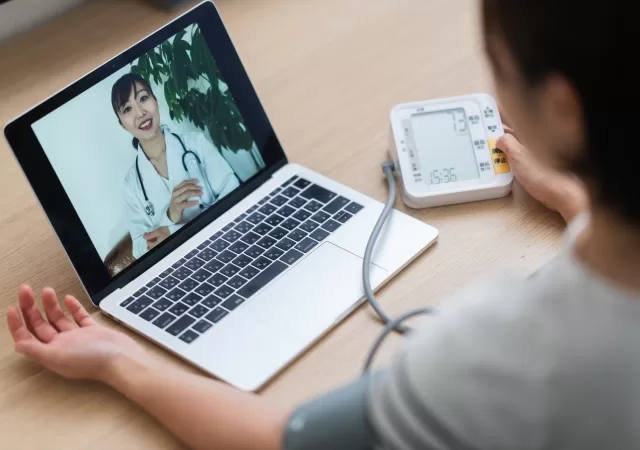SEA’s is set to be the stage of large scale digitization in all sectors including the medical sector. DKSH weighs in on how it can impact the landscape and what hurdles there are to it.
Transforming Healthcare in Asia Pacific: The Impact of Medical Devices
Telemedicine, remote medical devices and other new emerging technologies are reshaping healthcare. DKSH weighs in on the impact of these technologies.




